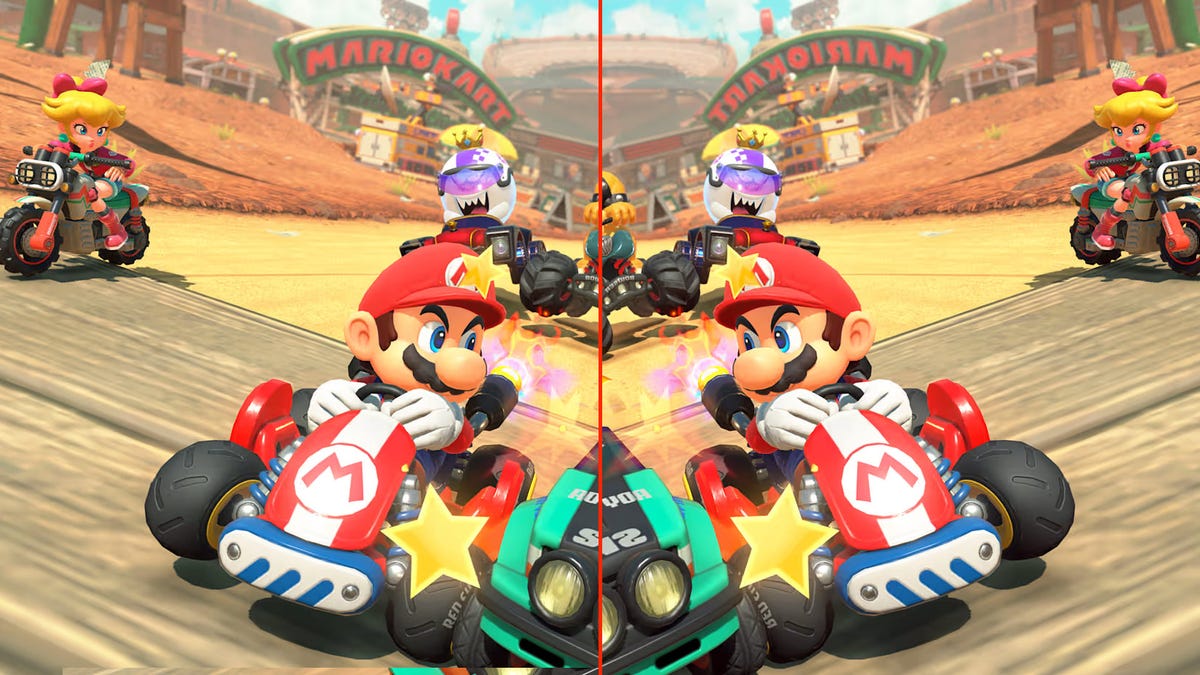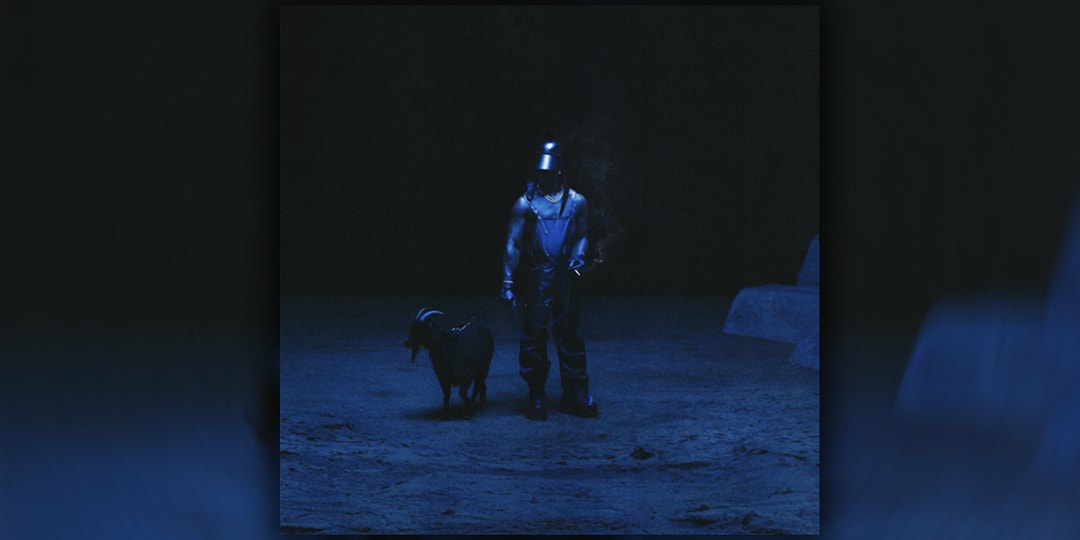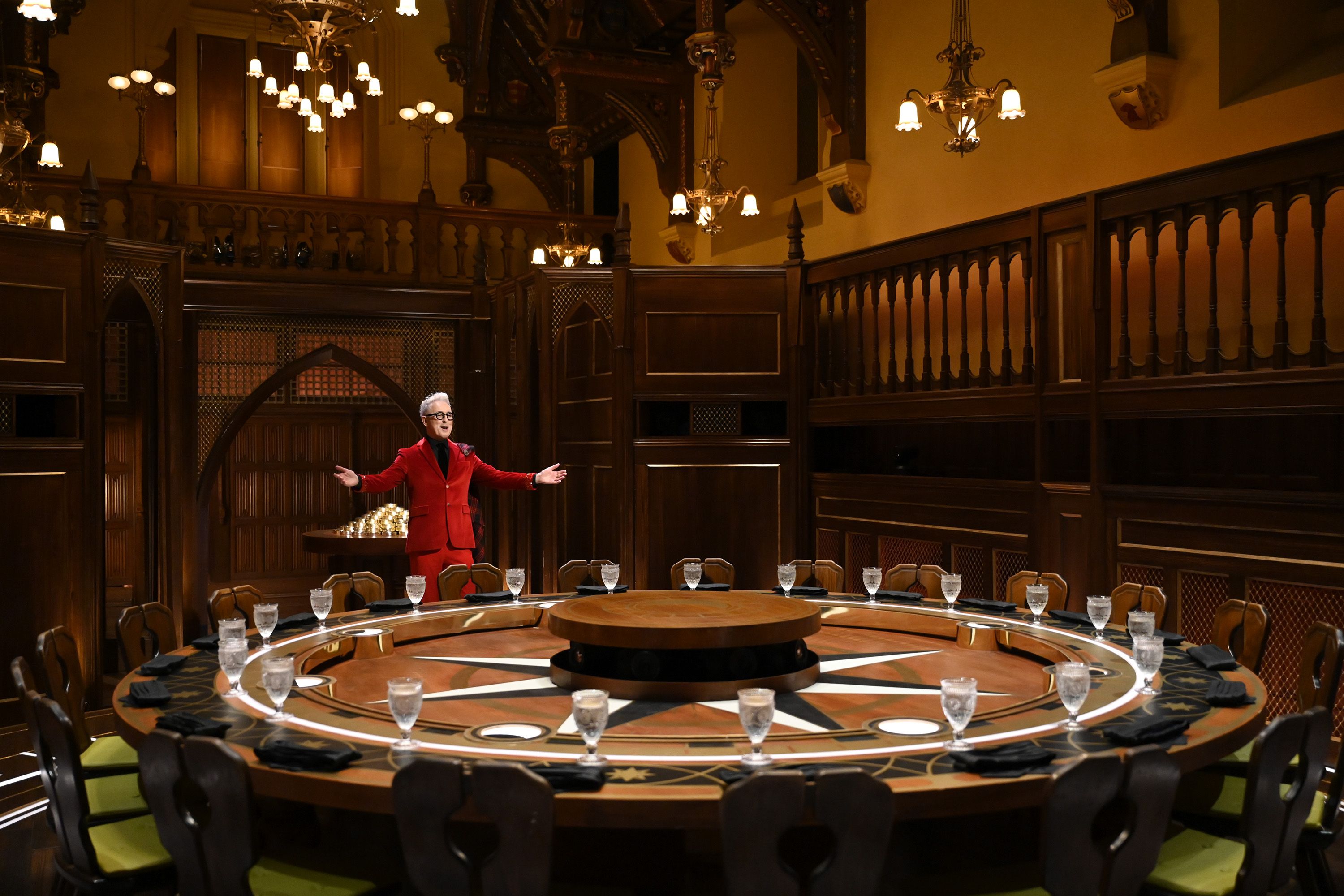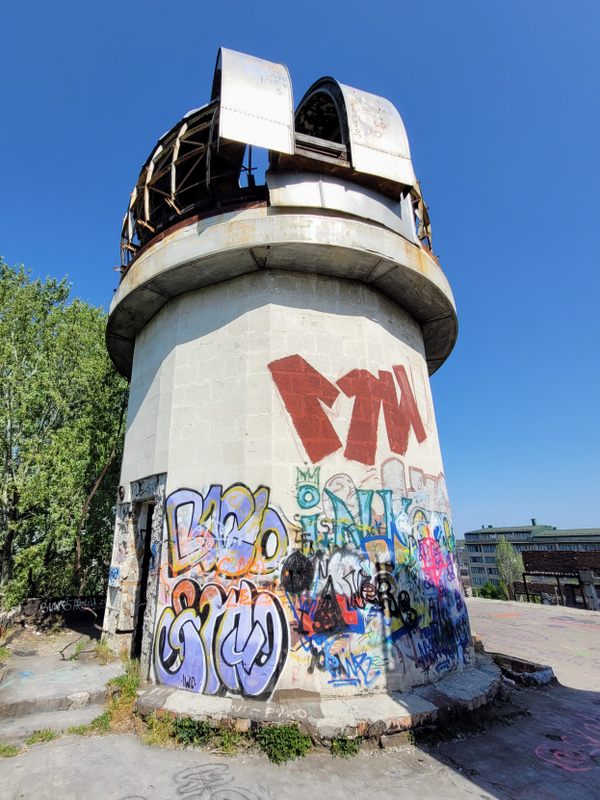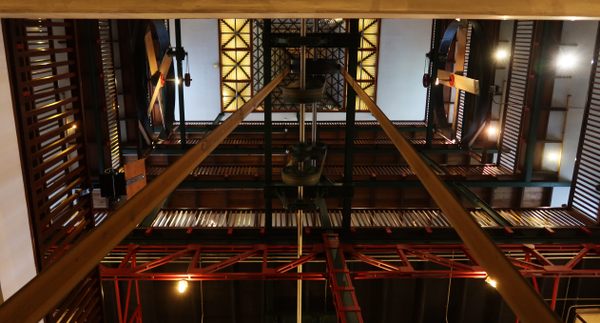Desert Training Center in Chiriaco Summit, California
In 1942 the Second World War was in full swing, the United States having joined the conflict. Since North Africa lies at the northern edge of the Sahara Desert, combat would occur under desert conditions, which in turn implied that the soldiers must be trained for such conditions. Thus General George S. Patton, Jr., then commander of Fort Benning in Georgia, was ordered by Lt. General Lesley McNair, commander of Army Ground Forces, to locate, establish, and command a center for training in desert warfare. Patton recognized that the Mojave Desert not only would it make a good training ground for North Africa, it also had good rail access, which would be critical for moving thousands of soldiers and their equipment. What became the Desert Training Center (DTC) ultimately stretched across an enormous swath of the Mojave, including most of eastern California, the southern tip of Nevada, and extending east of the Colorado River into Arizona. The area included about a dozen camps over its existence, as well as some support facilities such as rail terminals. The camps consisted of tent cities with no permanent buildings. There were few permanent structures of any kind, some religious chapels and airstrips being the most important exceptions. Moreover, the Palen maneuver area, around Palen Pass in the central part of the Mojave, was the site of large-scale troop maneuvers, where both armor and infantry units engaged in simulated combat. Because of their lack of permanent structures, little is left of the camps today. Grid patterns of dirt roads can be seen on air and satellite photos, but on the ground are often washed out and impassible. The most prominent features on the ground are lines of rocks, extending along paths and roads, and encircling bushes and what were probably the sites of flagpoles. Patton only commanded the DTC for three months before being transferred to plan the North Africa invasion itself. The camps remained in operation for almost two years, being shut down in May 1944 after they'd served their purpose. Almost one million soldiers were trained over that two-year period, but less than half served in North Africa, the rest being posted to other theaters.
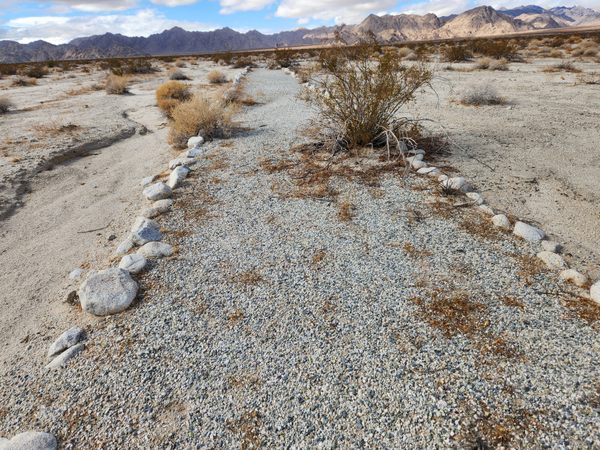

In 1942 the Second World War was in full swing, the United States having joined the conflict. Since North Africa lies at the northern edge of the Sahara Desert, combat would occur under desert conditions, which in turn implied that the soldiers must be trained for such conditions. Thus General George S. Patton, Jr., then commander of Fort Benning in Georgia, was ordered by Lt. General Lesley McNair, commander of Army Ground Forces, to locate, establish, and command a center for training in desert warfare.
Patton recognized that the Mojave Desert not only would it make a good training ground for North Africa, it also had good rail access, which would be critical for moving thousands of soldiers and their equipment.
What became the Desert Training Center (DTC) ultimately stretched across an enormous swath of the Mojave, including most of eastern California, the southern tip of Nevada, and extending east of the Colorado River into Arizona. The area included about a dozen camps over its existence, as well as some support facilities such as rail terminals. The camps consisted of tent cities with no permanent buildings. There were few permanent structures of any kind, some religious chapels and airstrips being the most important exceptions. Moreover, the Palen maneuver area, around Palen Pass in the central part of the Mojave, was the site of large-scale troop maneuvers, where both armor and infantry units engaged in simulated combat.
Because of their lack of permanent structures, little is left of the camps today. Grid patterns of dirt roads can be seen on air and satellite photos, but on the ground are often washed out and impassible. The most prominent features on the ground are lines of rocks, extending along paths and roads, and encircling bushes and what were probably the sites of flagpoles.
Patton only commanded the DTC for three months before being transferred to plan the North Africa invasion itself. The camps remained in operation for almost two years, being shut down in May 1944 after they'd served their purpose. Almost one million soldiers were trained over that two-year period, but less than half served in North Africa, the rest being posted to other theaters.






























































![nqz "I would be lying if I said I don't [feel pressure]. It was so different for me to see all those people and be in a Major playoffs"](https://img-cdn.hltv.org/gallerypicture/kAkShxXB96gCZmlpU-ivfH.jpg?auto=compress&ixlib=java-2.1.0&m=/m.png&mw=107&mx=20&my=474&q=75&w=800&s=935037b04cd96d3e70935ccfb24c348e#)











